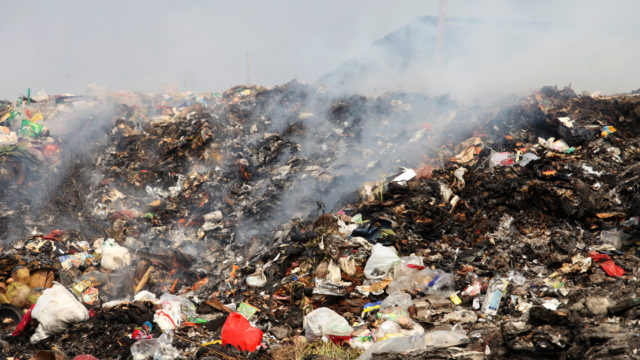Ditching Plastic, Quilted Northern Debuts Recyclable Paper Packaging
Don’t miss Brandweek, Adweek’s ultimate experience for marketers, September 11-14 in Miami. Connect with peers and gain insights and inspiration from top brand marketers and industry icons at Glossier, Coca-Cola, Taco Bell and more. Register.
Georgia-Pacific toilet paper brand Quilted Northern has dropped the plastic packaging from some of its products, switching to a recyclable paper wrapping.
The change, in response to consumer feedback, aims to cut back on plastic pollution. But while plastic-focused environmental groups are praising the move, others are calling it a distraction from the main impact of the tissue industry: deforestation.
“People are increasingly looking for ways to reduce their plastic waste,” Amanda Gage-Cole, vp and general manager for Quilted Northern, told Adweek. “[That] really drove us to explore different ways that we could actually reduce or eliminate our flexible film.”
A three-year journey
While Quilted Northern’s paper package was quietly launched in May for six-roll packs in stores and larger packs on Amazon, the journey began three years ago.
During the Covid-19 lockdowns in 2020, Quilted Northern asked people to open their homes to the brand—via video call, of course. Consumers walked researchers around their homes, explaining the sustainability practices they had built into their daily lives.
Unlike plastic bottles, paper or cardboard, the plastic film that Quilted Northern uses to package its toilet paper isn’t recyclable in curbside bins. Instead, people have to drop off the film at grocery stores or other locations—something that only 2-5% of people do, according to the brand’s research. Many end up tossing the plastic film into the curbside bin anyway, unaware that the material can clog and damage machinery at sorting facilities.
“These plastic wraps cause harmful contamination in curbside bins and often end up as pollution,” Jan Dell, founder of plastic-focused environmental action group Last Beach Cleanup, told Adweek. “There are so many recyclable symbols on the wrapper, it is no wonder that consumers are confused.”
An industry trade group report from 2021 puts the recycling rate for plastic film at about 1.8%. Environmental groups argue that it’s closer to zero.
“Hopefully this will be the first step in shifting all of [Quilted Northern’s] product packaging away from plastic,” Judith Enck, former EPA regional administrator and current president of environmental group Beyond Plastics, told Adweek. “Unlike single-use plastic film, paper is recyclable, and it doesn’t last hundreds of years in the environment after a moment’s use.”
The forest-sized elephant in the room
But when it comes to the overall impact of Quilted Northern’s brand, plastic is only a tiny piece of the equation, noted Shelley Vinyard, boreal corporate campaign manager for the Natural Resources Defense Council (NRDC).
“It’s a distraction from what Quilted Northern is actually made from, which is forest fiber,” Vinyard told Adweek.
Quilted Northern received an “F” grade on the NRDC’s annual Issue With Tissue report last year, which assesses paper product brands based on the sustainability and transparency of their supply chains. High-rated brands are made with 100% recycled content and offer detailed information regarding sourcing, while low-rated brands use virgin forest fiber or fail to share supply chain details.
The brand’s focus on plastic reflects consumer sentiment around sustainability, which often over-emphasizes the impact of plastic pollution on marine life and in landfills and under-emphasizes supply chain transparency and less tangible climate impacts, like far-off forests or coral reefs.
Despite its poor rating from the NRDC, Quilted Northern’s products are 100% certified by the Forest Stewardship Council—which is more than competitors like Procter & Gamble can say for its tissue products, which also received the lowest possible rating from the NRDC.
Quilted Northern pointed to Georgia-Pacific’s proprietary paper-making technology, which lowers energy and water use by 30%, according to Gage-Cole. In addition to its FSC certification, which requires Quilted Northern to plant one tree for each tree used, the brand has partnered with the Arbor Day Foundation to plant an additional two trees for each one used, she said.
Tree-planting initiatives can’t fully compensate for the loss of virgin forest, though, according to Vinyard. Canada’s boreal forest is one of the world’s largest carbon sinks, and home to threatened species like the Woodland Caribou.
“We’re talking about toilet paper,” Vinyard said. “There are much more sustainable materials that you can use to make a flushable tissue product than trees.”
https://www.adweek.com/brand-marketing/ditching-plastic-quilted-northern-debuts-recyclable-paper-packaging/


